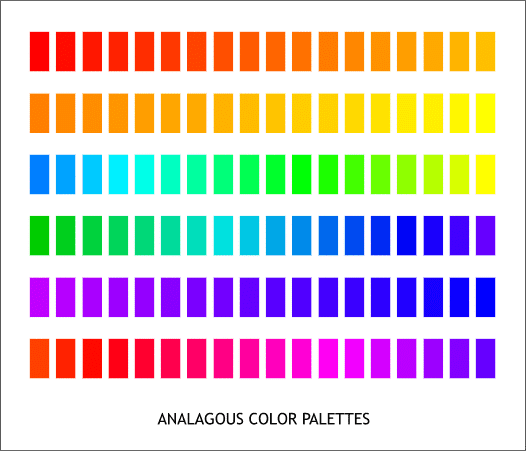Colour Theory Part 1.....
So, I haven't posted in a while, because I have been investing in my knowledge of fashion and beauty and now I am ready to share what I have learnt YAAAAAAAAAAY!!!!!.
Recently I have been learning about colour theory, primary, secondary and tertiary colour's, warm and cool colours, also colour schemes that include achromatic, monochromatic, analogous and complementary colour's.
Over the next posts I will be separating these colour theories so you can understand them more in detail, and today I will be starting with primary, secondary and tertiary colour's.
 |
| Standard Colour wheel |
Primary colours:
Colours that cannot be made from a combination of any other colours, a standard colour by it'self and form all the other colours on the wheel these colours are red, blue and yellow.
These colours are situated in a form of a triangle on the colour wheel.
Secondary colours:
Colours that are created from a combination of two primary colours. these colours are green (blue + yellow), orange (yellow + red) and purple (red + blue). These colours are situated in between the two primary colours they are mixed with on the colour wheel and shape an upside down triangle
on the wheel.
 |
A colour wheel without tertiary colours
|
Tertiary colours:
Colours that are a combination of two colours which are nearest to each other on the wheel (see diagram above) primary combined with a secondary colour. These colours are, yellow orange, red orange, red purple, blue purple, blue green and yellow green. these colours are situated in between a primary and a secondary colour on the colour wheel.
Yellow + Orange = YELLOW-ORANGE
Red + Orange = RED-ORANGE
Red + Violet = RED-PURPLE
Blue + Violet = BLUE-PURPLE
Blue + Green = BLUE-GREEN
Yellow + Green = YELLOW-GREEN
A colour wheel with tertiary colours:
well hope you enjoyed the first lesson of colour theory and understood it, to be continued.........









































